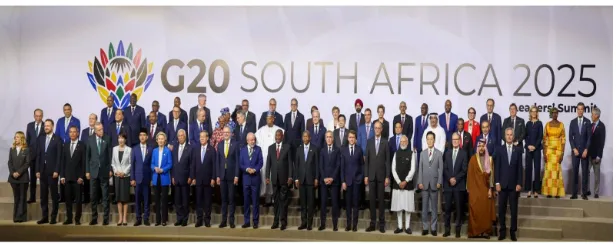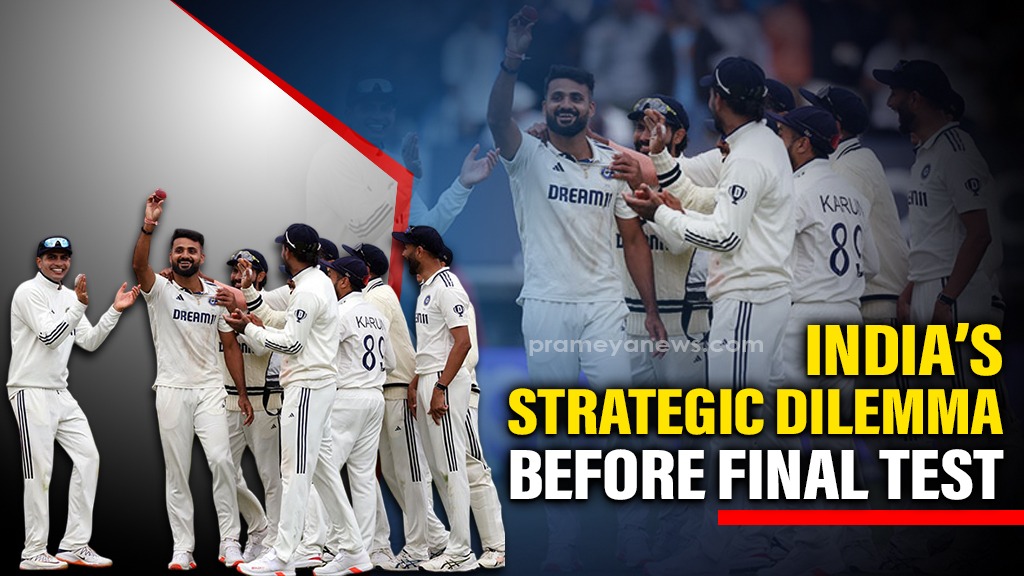

As India approaches the final Test of a long and demanding tour against England, the team's leadership finds itself at a strategic crossroads. The core issue is not a lack of talent but a crisis of confidence in key areas of the batting lineup, which is creating a domino effect on the entire team's composition. This internal struggle, particularly concerning the pivotal No. 3 position and the wicket-keeper role, forces a difficult choice: should they bolster their batting with an all-rounder or unleash a specialist spinner who could be a match-winner in his own right?
The primary source of India's selection headache stems from instability in the middle order. The No. 3 spot, a position that demands consistency and resilience, has become a revolving door. Both Karun Nair and Sai Sudharsan have been given opportunities but have failed to solidify their places. Their tendency to be dismissed by unremarkable deliveries and an inability to build crucial innings has left the top order exposed and has prevented the team from establishing a dependable foundation. This lack of a reliable anchor at a critical position puts immense pressure on the rest of the batting unit.
This problem has been compounded by uncertainty in the wicket-keeper batsman role. Rishabh Pant, who had been a dynamic and often unpredictable variable, was beginning to find a new level of consistency on this tour, scoring two centuries and three fifties. His aggressive approach, once a source of anxiety, had evolved into a reliable source of runs. However, a series-ending foot fracture has forced India to turn to Dhruv Jurel. While a capable replacement, Jurel has limited experience in overseas conditions, with just one brief Test appearance outside of India, leaving a significant question mark over the lower-middle order's run-scoring ability.
This batting fragility directly impacts the bowling combination, specifically the potential inclusion of left-arm wrist-spinner Kuldeep Yadav. In a scenario with a robust and reliable batting lineup, Kuldeep’s inclusion would likely be a straightforward decision. However, the team management is hesitant to field four specialist bowlers, which would include Kuldeep alongside three pacers. The fear is that such a combination would leave the team with a dangerously long tail.
Batting coach Sitanshu Kotak articulated the team's dilemma, emphasizing that posting a formidable total of 550-600 runs is just as critical as taking 20 wickets. The memory of their sole victory in the series at Edgbaston, which was built on the back of a strong batting performance, looms large. Opting for pace-bowling all-rounder Shardul Thakur over Kuldeep provides a safer, more balanced side. Thakur offers insurance with the bat, but this conservative approach may come at the cost of the unique wicket-taking threat that a world-class wrist-spinner like Kuldeep presents. The final decision will likely hinge on a last-minute assessment of The Oval's pitch. While historically favorable to spinners, recent domestic matches at the venue have seen pacers dominate, a factor that England has noted by including local Surrey pacers Jamie Overton and Gus Atkinson in their squad.